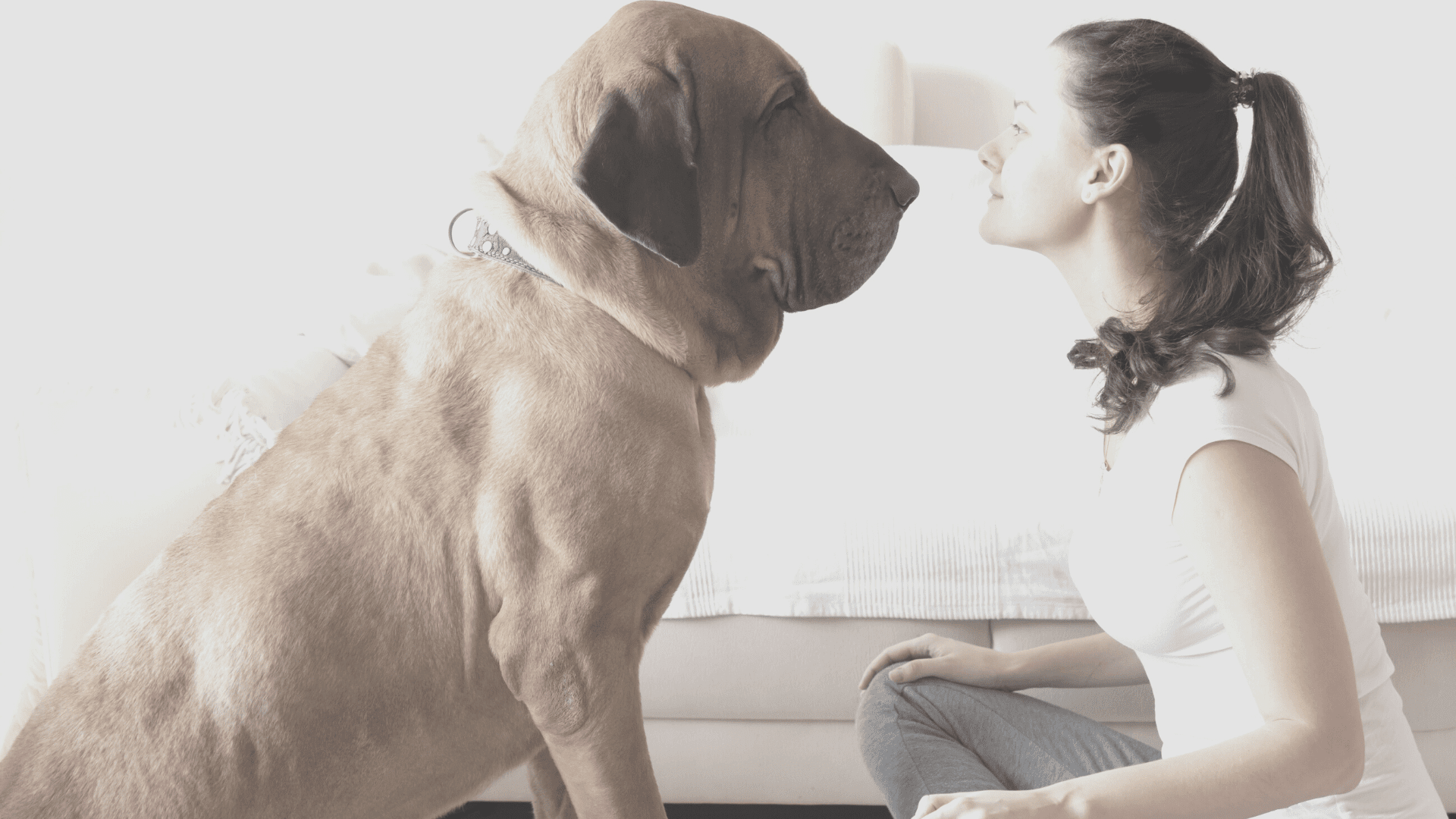Whether you’ve had a dog at home for years, or have a new puppy you want to start on the best path to behavior, there are two simple things you need to gather first.
Get prepared with these two things:
Knowledge + Patience.
That’s it! I’m here to help you with both… every pet owner needs to build knowledge – from your basic care details, to a nuanced and complex understanding of your dog’s behavior, personality, breed traits, pet preferences, and individual quirks (yes, every pet has those — you’re not alone!)
Some dog parents just let time do the work – allowing experience alone to be the guide to knowledge… but that takes years. Other dog parents read anything and everything, which can be helpful and can also uncover many contradicting methods in advice and teaching about dog ownership (not to mention, many outdated or simply unethical methods that are not relationship based nor positive methods)
I prefer to keep it simple.
Teaching your dog good behavior in every situation is a matter of you accepting that you’re the teacher. And as the teacher, you can train the dog way beyond simple commands of sit, come, wait… to any specific expectations you have and according to specific lessons you choose.
As you increase your knowledge…. Guess what else also happens? Your patience increases exponentially. Because when you understand more about dog behavior, cues, and body language, then you understand how those things are vastly different from human behavior, cues and body language. Understanding the differences will decrease your frustration when your dog doesn’t “get it” – as greater understanding increases your empathy and patience.
Let’s chat about how to use your knowledge to help your dog achieve more good behavior in every situation.
Looking online for knowledge? Search for “best methods to train a dog,” and in one page you’ll see enough words to make your eyes cross: humane, force-fee, puppy shaping, puppy training, obedience training, clicker training, operant conditioning, scientific training, behavior modification, praise-based, positive reinforcement. WOOF! Can’t someone simplify all that? Yes. Let’s simplify it.
The fundamentals you need to know are the four guiding principles of good dog behavior.
- Building TRUST in each other
- Through attentive COMMUNICATION
- And TEACHING with positivity and repetition
- To achieve relationship HARMONY with your dog
That’s it! Those four guiding principles are all I use in The Settled Puppy Method to help dog owners teach their expectations to their dog, and to help dogs understand owners’ expectations.
Want to know more?
My guide in the series The Settled Puppy Method, “Essential Fundamentals of Good Behavior” covers all four guiding principles, in 10 chapters with information, advice, and worksheets for you to use at home. Read more about the four guiding principles, the 7-part recipe for good behavior, the ingredients you need, and the 8 components of practice.
